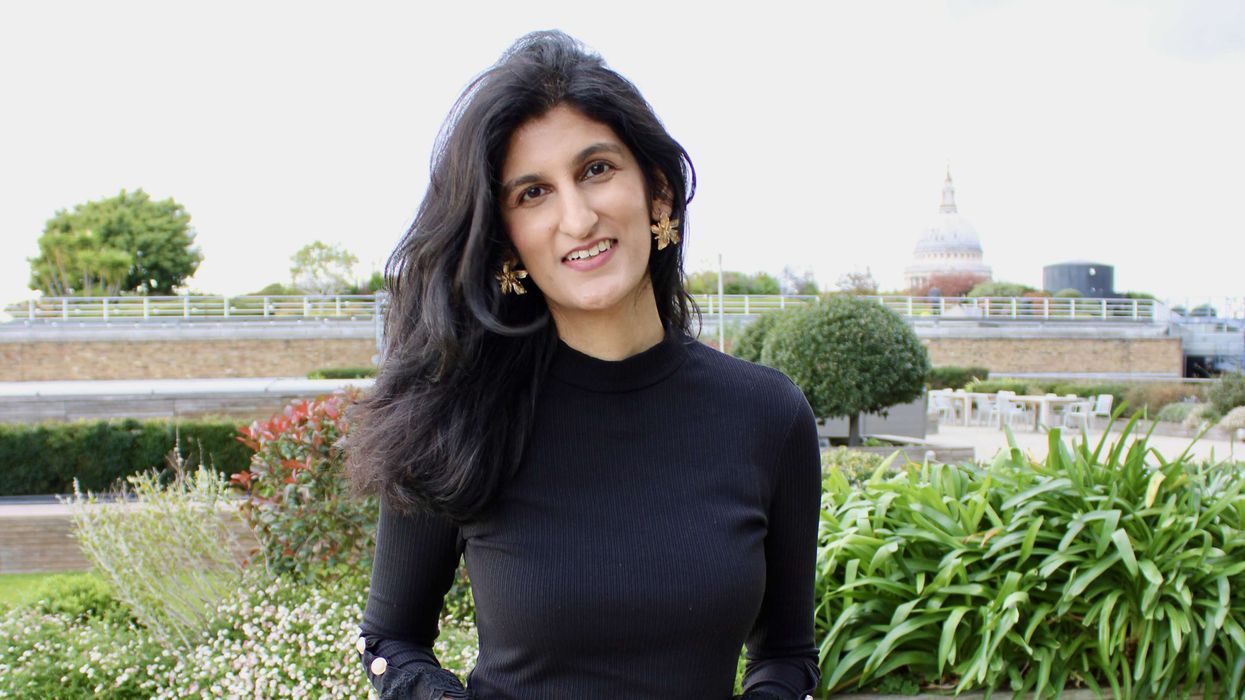INDIA is bracing for a surge of Covid-19 cases in coming weeks as it heads into its main holiday season.
The Covid-19 infections in Kerala in southern India have jumped by five times since it celebrated the 10-day harvest festival of Onam in late August.
Experts warn that such a situation is possible across the country after the festival season.
Cash-short state governments are reluctant to stop people from venturing out during the money-spinning Hindu festivals of Durga Puja, next week, and Diwali in mid-November.
The number of coronavirus infections in the country stood at 7.31 million on Thursday(15), having risen by 67,708 in the last 24 hours, health ministry data showed.
Deaths from the deadly virus rose by 680 to 111,266, the ministry said.
India crossed the 7m mark on Sunday(11), adding a million cases in just 13 days. It has the world's second-highest tally after the US, where the figure is nearing 8m.
If current trends hold, India will overtake the infection tally of the United States early next month.
The holidays are celebrated with family gatherings, bumper buying and the giving of gifts, from sweets and snacks to clothes and cars, generating vital income for many people.
"We will probably have more deaths out of starvation if the rural migratory population who flock to cities during the pujas and earn some money during the festivity are deprived of the opportunity," said Subrata Mukherjee, a cabinet minister in the fourth-most populous state of West Bengal.
"With sowing and transplanting operations of paddy being over, a large rural population is out of any economic activity now. Similarly, thousands of small traders are looking forward to some earnings."
West Bengal has allowed 42 per cent more community Durga Puja gatherings this year and doubled state financing for them.
Devotees flock to pray before large idols of warrior Goddess Durga installed under elaborate temporary structures.
Some doctors have accused politicians of undermining public health out of fear of upsetting religious sentiments, while the health minister has warned the situation will worsen if social distancing and other rules are not followed.
"There is no need to congregate in large numbers to prove your faith or your religion," the minister, Harsh Vardhan, said in a broadcast last week.
"If we do this we may be heading for big trouble."
India has reported more than 7.2 million coronavirus infections and more than 110,000 deaths, though the rate of increase has slowed in recent weeks.
But doctors fear fatalities could spike as bad winter air pollution may worsen the breathing difficulties that many COVID-19 patients suffer.
Kerala experience
It took Kerala, one of India's most educated and developed states, five months to reach a tally of 5,000 confirmed cases from its first one on January 30. In just over three months since, however, its infections have ballooned to 300,000, a big chunk of them coming since Onam.
"During the festival season, no matter what effort one takes, there is a mixing of population that happens, which is a multiplier of cases," said Rajan Khobragade, Kerala's principal health secretary.
"People should be more responsible and voluntarily take the extra effort to follow guidelines and stay protected."
Officials in the state, which has some of India's best health facilities, said they were prepared to handle the spike.












